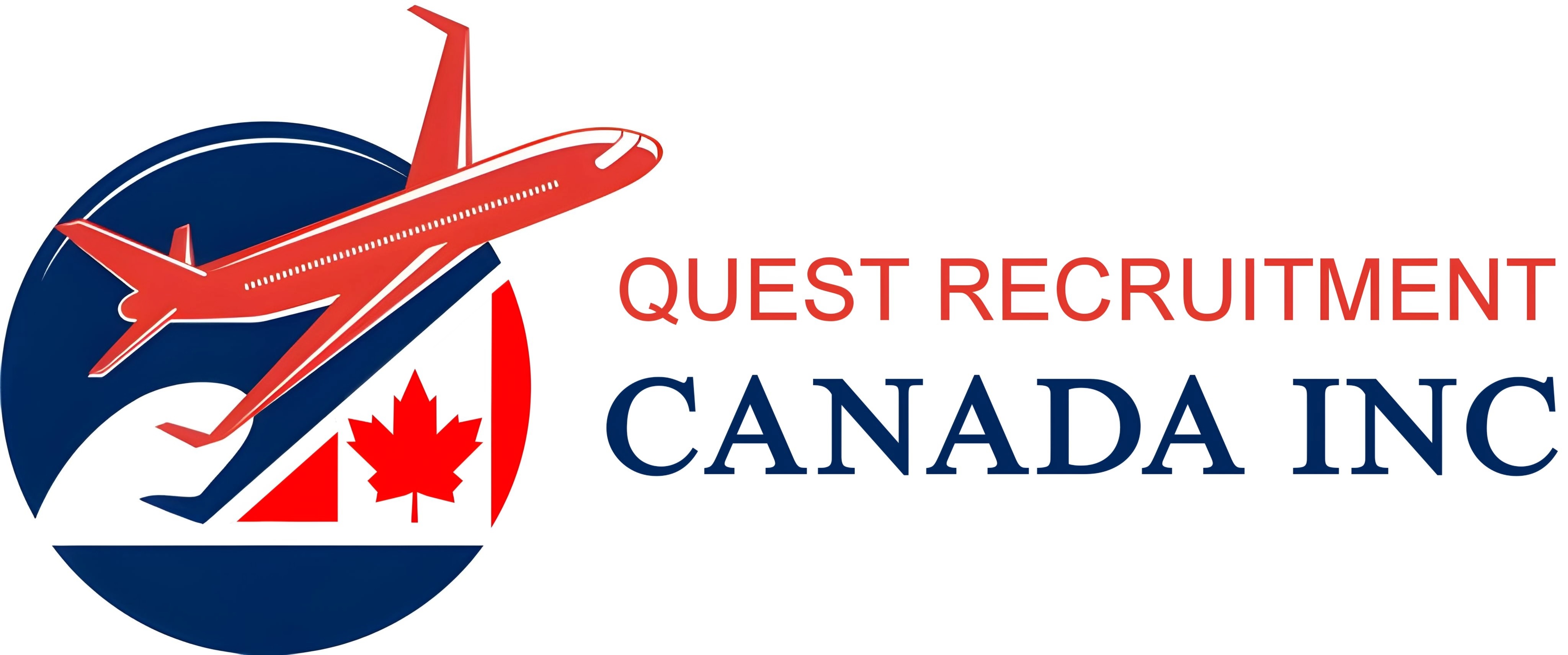Facing a rejection on your first Canada visa attempt can be disheartening, but it doesn’t mean the end of your dreams. Understanding the reasons behind the rejection and taking appropriate steps can improve your chances of success on your second attempt. Here’s a comprehensive guide to help you through this process.
Understand the Reason for Rejection
The first step is to thoroughly understand why your visa application was rejected. The refusal letter from the Canadian immigration authorities will detail the reasons. Common reasons include insufficient financial proof, incomplete documentation, or failure to meet eligibility criteria. Addressing these issues is crucial for your next attempt.
Evaluate Your Application
Take a critical look at your initial application. Identify any weak points or missing information. Ensure all documents are complete and accurate. This self-evaluation will help you avoid repeating the same mistakes and strengthen your new application.
Seek Professional Advice
Consulting an immigration lawyer or a licensed immigration consultant can provide valuable insights. They can review your previous application, advise on necessary improvements, and guide you through the process. Their expertise can significantly enhance your chances of a successful second attempt.
Gather Stronger Financial Evidence
Financial stability is a key factor in visa approval. Make sure you provide clear, detailed evidence of your financial situation. This can include bank statements, proof of income, scholarships, and sponsorships. Demonstrating your ability to support yourself during your stay in Canada is essential.
Improve Your Documentation
Ensure all required documents are complete and up-to-date. This includes your passport, letters of acceptance from Canadian institutions, proof of language proficiency, and any additional documents specified by the visa office. Double-check for accuracy and completeness.
Strengthen Your Statement of Purpose
Your statement of purpose (SOP) should clearly explain your intentions, plans, and how studying in Canada aligns with your career goals. Be honest and specific about why you chose Canada and how you plan to utilize your education. A compelling SOP can make a significant difference.
Highlight Ties to Your Home Country
One of the key concerns for visa officers is whether you intend to return to your home country after your studies. Provide evidence of strong ties to your home country, such as family, property, employment, or other commitments. This reassures the authorities that you have reasons to return after your studies.
Prepare for an Interview
In some cases, you might be required to attend an interview. Prepare thoroughly by reviewing common questions and practicing your responses. Be clear about your study plans, financial situation, and post-graduation intentions. Confidence and clarity can leave a positive impression on the visa officer.
Consider Reapplying with New Information
If significant changes have occurred since your first application, such as new financial resources, additional qualifications, or a different academic program, include this new information in your second application. This can provide a fresh perspective and address previous concerns.
Be Patient and Persistent
The visa application process can be lengthy and requires patience. Ensure you follow all guidelines, meet deadlines, and provide all necessary information. Persistence and careful preparation are key to overcoming initial setbacks and achieving your goal.
Conclusion
Facing a visa rejection can be challenging, but with the right approach, you can turn it into an opportunity to strengthen your application. By understanding the reasons for rejection, seeking professional advice, and meticulously preparing your second application, you can improve your chances of success. Stay focused, be thorough, and keep your goal in sight. Your dream of studying in Canada is still within reach.
